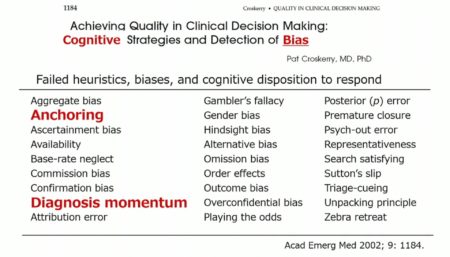Things to keep in mind while staying close to the patient
This time, I would like to talk about my “attitude” as a family doctor.
The number of outpatients has increased in the last two years.
At our clinic, there are coming people
who have had unpleasant experiences elsewhere,
who have not been cured even after receiving treatment at many hospitals, or
who have never received treatment before.
I look forward to hearing the voices of patients,
sometimes talking with them for more than an hour, and
seeing them leave the clinic with a smile on their face.
On the other hand,
we must always keep in mind
that each patient has a different disease picture and
that each is an independent disease state.
This is because, unlike in the past when I was treating only a limited number of diseases,
I am now able to treat as a physician who comprehensively examines as many diseases as possible.
Such daily life is a series of conflicts with cognitive biases.
Misconceptions due to bias lead to diagnostic errors (irrationality).

Understanding irrationality helps us act and make decisions every day,
and is important for understanding
how our circumstances and the choices presented to us are constructed.
Not only are we irrational, but we are “predictably irrational.”
In other words, irrationality always occurs in the same way and repeats itself over and over again.

And knowing how “predictably irrational” we are is
the starting point for making better decisions and improving our lives.
In addition,
we always perceive the things around us in relation to other things.
Everything is relative.
However,
we tend to compare only things that are easy to compare and
ignore things that are difficult to compare.
What should I do?
Break the chain of relativity.
Get out of imprinting and anchoring.
Know when you are cool and when you are hot.
Be aware that you have preconceived notions.
Free yourself from the irrational urge to pursue useless options.
Consider the consequences of not making a decision.
Predict positively.
As a doctor,
I try to deal with patients while considering both positions:
I am on the side of treating my patients,
but I also feel like I am a member of the patient’s family.

